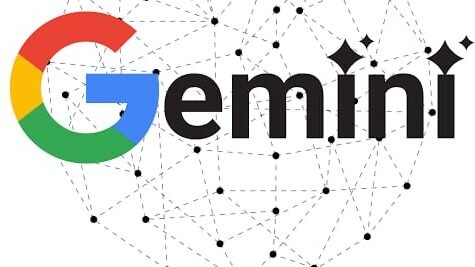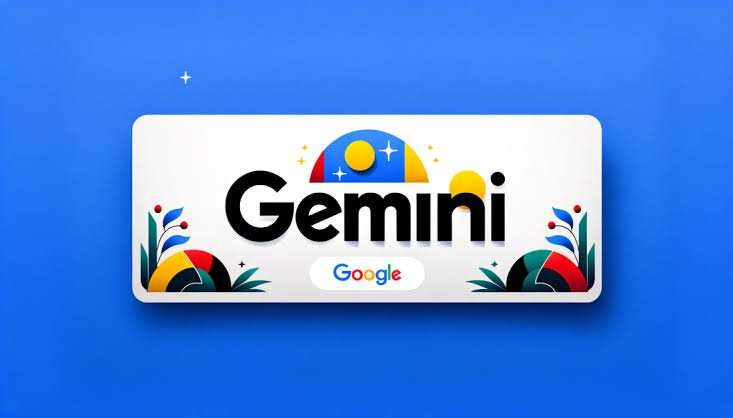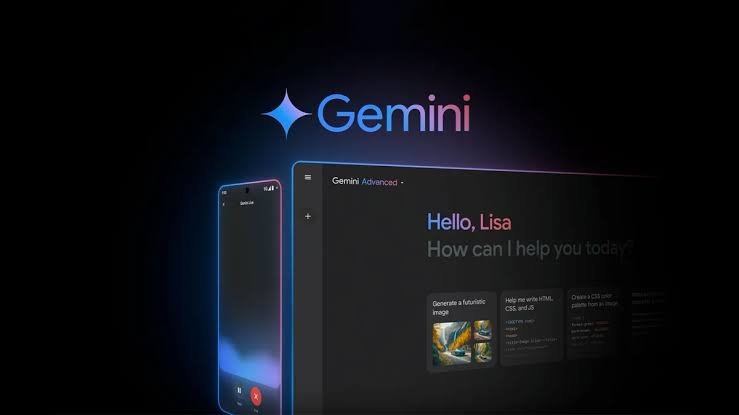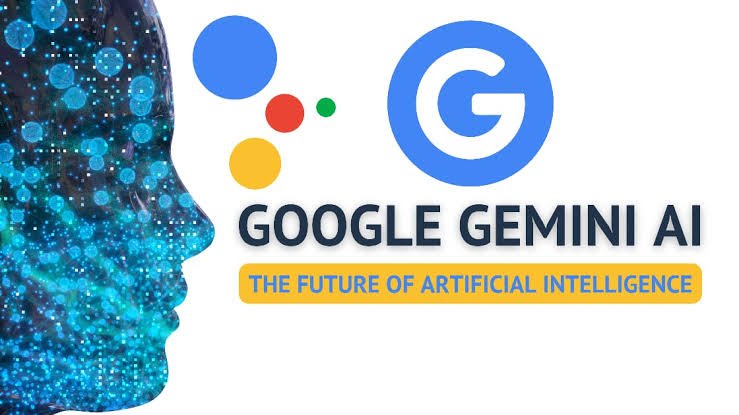Introduction to Google Gemini: A Glimpse into the Future of AI-Generated Imagery
In the rapidly evolving landscape of artificial intelligence, Google Gemini has emerged as a formidable competitor in the AI space. Launched as Google’s response to OpenAI’s ChatGPT, Gemini is an advanced chatbot that is capable of understanding and generating text, images, and a wide array of multimedia content. One of the key features that sets Gemini apart is its ability to generate images from text prompts using the company’s newest text-to-image large language model, Imagen 3. While this capability is impressive, it comes with a limitation—until now, all the images generated by Gemini have been in a square format.

However, this is set to change with a significant update that will allow users to generate images in various aspect ratios, such as 16:9, 4:3, and 3:4. This new functionality is expected to give users more control over the final output, making it more practical for real-world applications, such as setting AI-generated images as wallpapers, social media posts, or other creative uses.
In this article, we’ll take a deep dive into the upcoming image resizing feature of Google Gemini, explore its potential impact on the world of AI-generated imagery, and discuss how it compares with other tools like Adobe’s Generative Fill feature. We’ll also look at what this development means for users, content creators, and the future of AI-driven creativity.
The Rise of Google Gemini and Its Role in AI Innovation
Before diving into the specifics of the new image resizing feature, it’s essential to understand what Google Gemini brings to the table in terms of AI advancements. Google Gemini, launched in response to OpenAI’s ChatGPT, is a next-gen AI chatbot that leverages deep learning and natural language processing to engage with users in a way that feels natural, responsive, and intelligent. The chatbot can answer questions, engage in conversations, and, most importantly for this discussion, generate images based on user prompts.

Gemini’s text-to-image capabilities rely on Google’s cutting-edge Imagen 3 model. This large language model has been trained on vast amounts of data, allowing it to understand complex prompts and generate visually compelling images from them. However, the limitation of only producing square images has been a point of concern for users who wanted more flexibility in how these images could be used.
Google Gemini’s Upcoming Image Resizing Feature: What We Know
The most exciting development in Google Gemini’s evolution is the upcoming image resizing feature. According to a recent teardown by Android Authority of Gemini version 15.41.34.29 beta in the Google app, developers discovered an under-development feature that allows users to generate images in various aspect ratios. The beta version hinted at the ability to resize images into popular formats such as:
- 16:9 – Ideal for widescreen formats, commonly used for computer screens, television, and many modern devices.
- 4:3 – A more traditional format, often used in older television and computer monitors, and still popular in various applications.
- 3:4 – A vertical format that can be useful for posters, mobile phone wallpapers, and other portrait-oriented uses.
This feature will be incredibly useful for users who want to generate AI images for specific purposes like creating personalized wallpapers, enhancing social media visuals, or using them in presentations and other creative projects. Instead of having to manually crop or resize the square images generated by Gemini, users will soon be able to create images in the exact dimensions they need.
How Does the Image Resizing Feature Work?
One of the most intriguing aspects of this feature is that it doesn’t simply crop the image to fit the desired aspect ratio. Instead, Gemini goes back to the originally generated image and adds more detail to it. This means the AI expands the canvas, filling in the additional space with content that blends seamlessly with the existing image. In this way, users get a more complete, high-quality image without sacrificing important details or altering the original composition.

This method is reminiscent of Adobe’s Generative Fill feature, which uses AI to intelligently fill in missing parts of an image. Adobe’s tool has been widely praised for its ability to extend or edit images in a way that feels natural and cohesive, and it appears Google is adopting a similar approach with Gemini’s image resizing capabilities.
Enhancing Creativity with AI: Google Gemini as an Image Editing Tool
The addition of the image resizing feature could open the door to even more advanced image editing capabilities within Google Gemini. In fact, the Android Authority report mentions that Google has been spotted testing another feature that allows users to select specific areas of a generated image and edit them. This feature, combined with the resizing options, positions Gemini as a potential competitor in the realm of AI-powered image editing tools.
Imagine a scenario where users can generate an image, resize it to their preferred dimensions, and then fine-tune specific elements within the image—all within a single AI platform. This could make Google Gemini not only a powerful tool for generating new images but also a full-fledged image editor capable of enhancing, customizing, and personalizing content for various use cases.
The Benefits of the Upcoming Feature: A User-Centric Approach
For users, the upcoming image resizing feature brings several key benefits, including:
- Increased Flexibility: Users will have more control over the final output, allowing them to generate images in the exact dimensions they need without relying on third-party tools for cropping or resizing.
- Enhanced Image Quality: By adding more detail to the image rather than simply cropping it, Gemini ensures that the final product remains high-quality and visually cohesive.
- Time-Saving: Users won’t need to spend time manually editing or resizing images. Instead, they can generate an image that’s ready to use in the format they need.
- Creative Freedom: With more control over image dimensions and the potential for further editing features, users will have the freedom to experiment and create unique, high-quality visuals.
What This Means for Content Creators and Social Media Users
The introduction of aspect ratio flexibility in Google Gemini is especially appealing for content creators, marketers, and social media enthusiasts. Different platforms have specific image dimension requirements, and creators often have to spend extra time adjusting their content to fit these standards. With the new resizing feature, they will be able to generate images that are ready for use on platforms like Instagram, Twitter, Facebook, and others, without the need for additional editing.

For instance, Instagram Stories are typically displayed in a 9:16 aspect ratio, while Twitter posts might require a 16:9 image for optimal display. Gemini’s ability to cater to these various dimensions will streamline the content creation process and make it easier for users to engage with their audiences.
A Comparison with Other AI Tools: How Gemini Stacks Up
Google Gemini’s upcoming feature will inevitably be compared to other AI tools on the market, such as OpenAI’s DALL·E, Adobe Firefly, and even some of the AI features within popular photo editing software like Photoshop.
- OpenAI’s DALL·E: Like Google Gemini, DALL·E can generate images from text prompts. However, it currently lacks the flexibility to resize images in various aspect ratios automatically. Users would still need to manually adjust the dimensions after generation, which can be a time-consuming process.
- Adobe Firefly and Photoshop: Adobe’s AI-powered tools, including Firefly and the Generative Fill feature in Photoshop, offer some of the most advanced AI-driven image editing capabilities available. While Google Gemini is catching up with the introduction of image resizing and potential editing features, Adobe’s tools are still more robust in terms of advanced photo manipulation and professional-level editing.
That said, Google’s integration of these features within a conversational AI platform like Gemini sets it apart. Users who are already leveraging Gemini for other tasks, such as content creation or research, will find it convenient to have image generation and editing capabilities within the same platform.
When Can We Expect the New Feature?
While the image resizing feature has been spotted in a beta version of Google Gemini, there’s no official word yet on when it will be available to the public. Like many features in development, it may take time to iron out any issues and ensure that the final product meets Google’s high standards for usability and quality.

However, given the growing competition in the AI space, it wouldn’t be surprising to see Google roll out this feature sooner rather than later. With tools like DALL·E and Adobe Firefly pushing the envelope in AI-generated art and image manipulation, Google will likely want to stay ahead of the curve by delivering new and innovative features to its user base.
The Future of AI-Generated Imagery with Google Gemini
The upcoming image resizing feature is just one of many potential advancements we can expect from Google Gemini. As AI technology continues to evolve, so too will the tools that allow us to create, edit, and manipulate visual content. With the addition of more customization options and editing capabilities, Google Gemini is well-positioned to become a go-to tool for anyone looking to harness the power of AI for creative purposes.
In the future, we can anticipate even more features that enhance user control and creativity, such as the ability to generate images with different color palettes, adjust lighting and shadows, or even create complex multi-layer compositions. The possibilities are endless, and as AI continues to improve, the gap between human creativity and machine-generated art will continue to narrow.
Conclusion: A New Era of AI-Driven Creativity
Google Gemini’s upcoming image resizing feature marks an exciting new chapter in the world of AI-generated imagery. By allowing users to generate images in various aspect ratios, Google is providing more flexibility and control over the creative process. Whether you’re a content creator looking for the perfect social media image, a designer in need of custom wallpapers, or just someone who loves experimenting with AI-generated visuals, this new feature promises to make your experience more intuitive and enjoyable.

As we await the official release of this feature, it’s clear that Google is committed to pushing the boundaries of what AI can do. With the ability to resize images, add detail, and potentially edit specific elements within the image, Google Gemini is well on its way to becoming a must-have tool for anyone interested in AI-driven creativity.
In a world where digital content is king, the ability to generate and customize images with ease is a game-changer. Google Gemini’s continued evolution promises to empower users with the tools they need to unlock their full creative potential.







